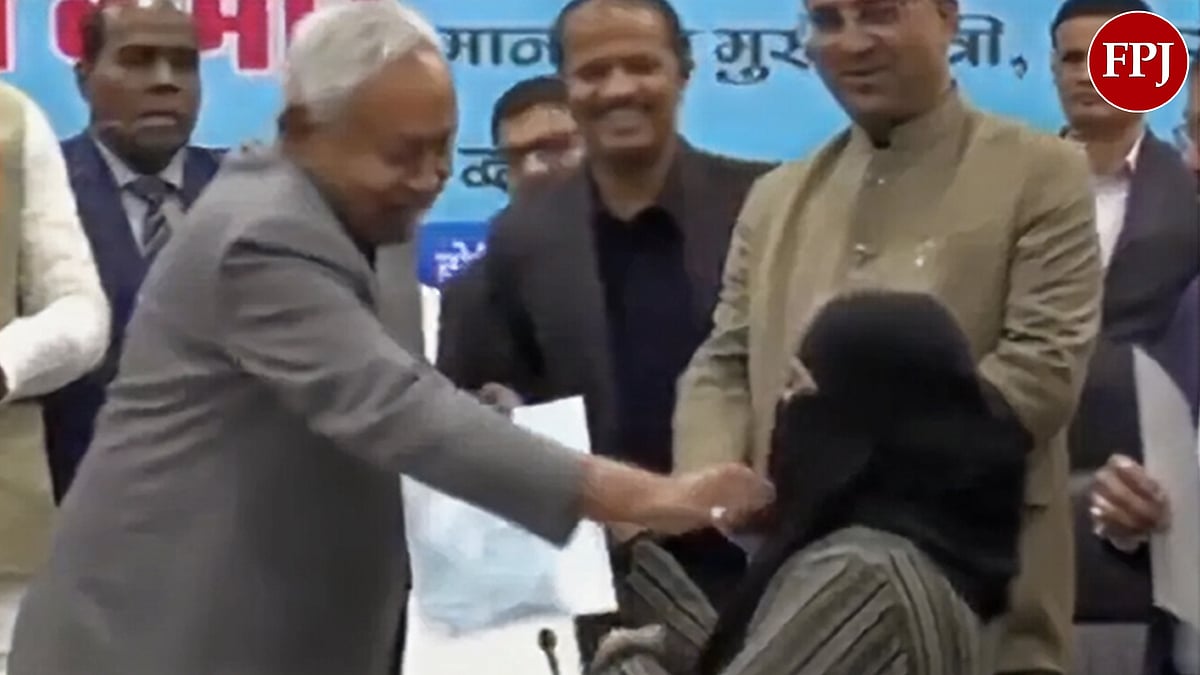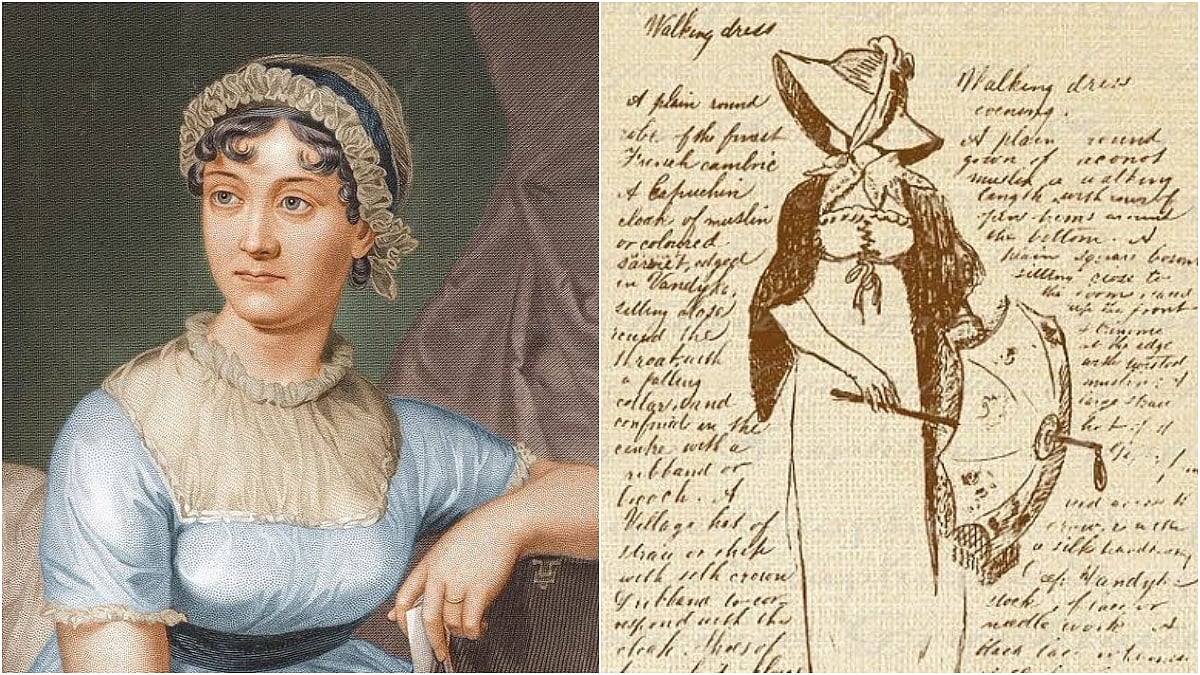Despite the engineered Hindu-Muslim clashes in eight states, the media is not unduly bothered about the situation spiraling out of control in Mumbai which has seen stray incidents of communal violence in the wake of Raj Thackeray’s call to blare the Hanuman Chalisa outside mosques. A repeat of the post-Babri riots is ruled out by top cops who have been through that shameful episode. As for the politicians, MVA leaders are busy celebrating the defeat of the BJP in the bypoll to the Kolhapur North assembly seat.
On the ground, there is the fear that the worst could happen. These are the same politicians who let Mumbaikars down by their inaction in 1992-'93. Such was the lawlessness that arsonists went around with voters’ lists in Central Mumbai and even demanded that Muslims be evicted from posh housing societies in South Mumbai. It is hardly reassuring that the previous home minister was arrested for allegedly ordering a rogue cop to squeeze Rs. 100 cr a month from sleazy bars and restaurants.
The Mumbai police of that time sided with the rioters and officers indicted by the Srikrishna Commission, which probed the communal riots that claimed 900 lives, were promoted. Today, its zonal deputy commissioners are so busy recovering their investment that they can’t see a murderous mob gather outside the residence of the topmost VIP in the state.
Instead of bringing down the temperature, the former CM is making all kinds of insinuations about the 1992-’93 riots. The Mumbai BJP chief’s brother, who was the chairperson of the civic education committee till recently, leads a mob of Bajrang Dal workers to chant the Hanuman Chalisa outside the Jama Masjid at Malwani. Now, are we still to believe that this is a storm in a teacup or the rumblings of a volcano about to erupt?
The monkey business on the street can be tackled. It is the Islamophobia one encounters in casual conversation that is frightening. Hate posts pop up even in groups devoted to religion. Toxic prime time shows give a free run to rabid fundamentalists. As it is, the UP election results are being used to legitimise the stand of the Dharam Sansad. This is the lava that is simmering underfoot.
We have forgotten one of the lessons from 1992-93, curbing hate speech. In fact, they have become the new normal. Of late, the social media lab of the state police has deleted 3,000 such posts but it is a case of waking up too late. Anyway, the political discourse in our country is as full of hate as Delhi’s air is of aerosols.
For far too long, the mob has been allowed to dictate which films can be screened, which ads are OK, which history books to read, which news to believe, which clothes to wear, and which jokes to laugh at. Now, it has come down to what food can be eaten in a college canteen. In the ultimate farce, the man who had used `Desh ke gaddaron ko, goli maaro saalon ko’ as his election slogan preaches restraint on national TV in his `avtaar’ as the Union Minister for Information and Broadcasting.
Given this climate, it is not surprising that a citizens’ group in Navi Mumbai has petitioned the Supreme Court against the Bombay HC’s decision directing the Navi Mumbai Municipal Corporation to issue a commencement certificate to the Tanzimul Muslimin Society for the construction of a mosque in Sector 8 of Sanpada. This group, the Akhil Sanpada Rahiwasi Mahasangh, feels that a mosque here will be detrimental to communal harmony.
Intellectuals who criticise the BJP’s policies are dubbed anti-nationals, liberals are abused as `libtards’ and `librandus’, an 84-year-old padre with Parkinson's disease is branded as an Urban Naxal and no one can do a thing about it as he rots and dies in custody. Protesting farmers are called Khalistanis, journalists are booked for reporting on sub-standard mid-day meal schemes, and sedition is liberally used against critics of the government. Everything is so warped that civil society is called the new frontier of war. Meanwhile, the judiciary plays deaf and dumb with a touch of Alzheimer’s.
The hate factory has not spared even Gandhi and Nehru. Gandhian scholar Rajni Bakshi wrote about the Mahatma transcending hurt and resentment by channeling the energy into a higher purpose. Her piece in The Indian Express, October 1, 2020, set off an avalanche of abuse. The next day, `Godse zindabad’ was trending on Twitter. Women journalists routinely get rape threats from those espousing `Bharatiya Sanskriti’. Barkha Dutt and eight other journalists were accused of being part of an `anti-India conspiracy’ in a YouTube video that even called for their `hanging’. A recent Whatsapp forward called out six Indian journalists working for the BBC for maligning India’s image with their `negative’ reports. They were called `money-grabbing traitors’. In 2020, the UP government put up hoardings to name and shame Anti-Citizenship Amendment Act protestors. If this is not incitement to violence, what is?
In his famous analysis of communal riots, Vibhuti Narayan Rai, former DGP of Uttar Pradesh and a noted Hindi writer, notes that long before the riots begin, rumours, police carelessness, and hate speeches lead to a build-up of a pyramid of tension. At the apex of the pyramid, the tipping point, even a minor action, he says, can lead to a communal conflagration. Maybe it is time to invert the pyramid. The state provides the provocation, the petrol bombs, the police escort, and press coverage; the `rioter’ just has to step out of his house or utter a word.
Fortunately, Mumbai, as well as Maharashtra police, are led by highly respected officers – Sanjay Pandey and Rajnish Seth – who have quelled many communal riots. Police-public `mohalla’ committees, which redeemed the image of the force after the Babri riots, have been activated, Muslim leaders and clerics assured of support and told not to retaliate. However, the cynicism stems from the fact that good officers are summoned as a last resort.
(The writer is an independent journalist based in Mumbai and writes on civil society, law-enforcement, environment, and urban development. He tweets @anilsingh703)





